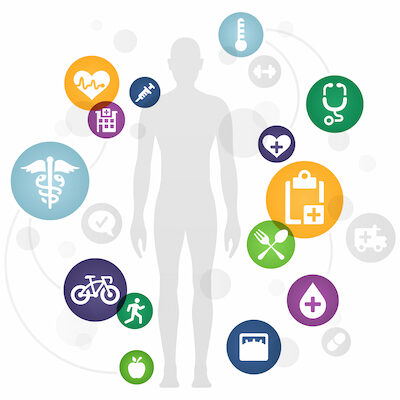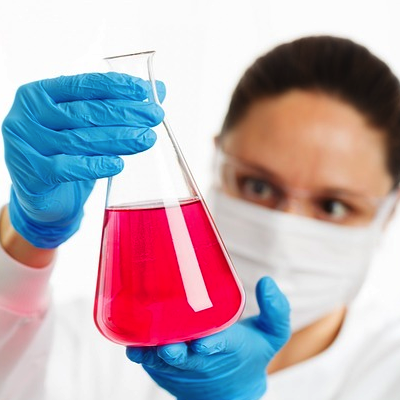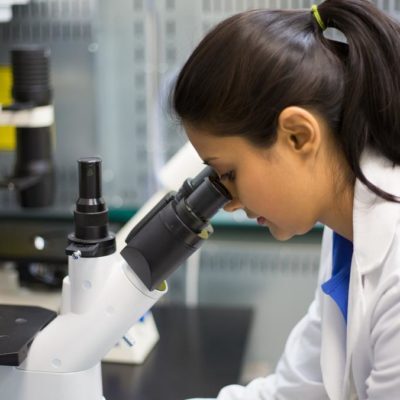Pharmaceutical Regulatory Environment in Europe
The pharmaceutical regulatory environment in Europe is governed by the European Medicines Agency (EMA) and various regulatory authorities in individual European Union (EU) member states. The regulatory framework aims to ensure the safety, efficacy, and quality of pharmaceutical products throughout the EU. Here are some key aspects of the pharmaceutical regulatory environment in Europe:
- European Medicines Agency (EMA): The EMA is the central regulatory authority responsible for the scientific evaluation, supervision, and coordination of medicinal products in the EU. It assesses marketing authorization applications for human and veterinary medicines, provides scientific advice to companies, and oversees pharmacovigilance activities.
- European Medicines Regulatory Network: The EMA operates within a network of national regulatory authorities from EU member states known as the European Medicines Regulatory Network. This network collaborates on regulatory activities, including assessment procedures, inspections, and post-approval safety monitoring.
- Marketing Authorization: Pharmaceutical companies seeking to market a medicinal product in the EU must obtain a Marketing Authorization (MA) from the EMA or national regulatory authorities. The MA demonstrates that the product meets the necessary standards of safety, efficacy, and quality. The regulatory submission can be through a centralized procedure, decentralized procedure, or national procedure, depending on the scope of the product’s marketing.
- Pharmacovigilance: Similar to the US, pharmacovigilance is a critical aspect of drug safety monitoring in Europe. Pharmaceutical companies are required to establish pharmacovigilance systems to collect, evaluate, and report adverse drug reactions (ADRs) and other safety-related information. The EMA and national authorities collaborate to ensure the ongoing safety monitoring of authorized medicines.
- Good Manufacturing Practices (GMP): Pharmaceutical manufacturers in Europe must comply with GMP regulations to ensure the quality and consistency of the manufacturing processes. GMP guidelines cover areas such as facilities, equipment, personnel, quality control, documentation, and recordkeeping. Compliance with GMP standards is assessed through inspections conducted by national regulatory authorities.
- Clinical Trials: The conduct of clinical trials in Europe is regulated to ensure patient safety and data integrity. Companies must obtain approval from regulatory authorities and ethics committees before initiating clinical trials. The Clinical Trial Regulation (CTR) is an upcoming regulatory change that will establish a centralized EU portal and database for the submission and management of clinical trial data.
- Labeling and Package Leaflets: Medicinal product labeling and package leaflets must provide accurate, up-to-date, and clear information to healthcare professionals and patients. The information includes indications, dosage, contraindications, warnings, and side effects. The EMA provides guidance on the format and content of product labeling.
- Medical Devices: In addition to pharmaceuticals, the EU has regulatory frameworks for medical devices. The Medical Device Regulation (MDR) and the In Vitro Diagnostic Regulation (IVDR) establish requirements for the safety, performance, and quality of medical devices and in vitro diagnostics, respectively.
- Pricing and Reimbursement: Pricing and reimbursement decisions for pharmaceutical products in Europe are made at the national level. Each EU member state has its own processes and criteria for determining the pricing and reimbursement status of medicines. Companies must engage with national authorities to negotiate pricing and reimbursement agreements.
- Regulatory Harmonization: The EU regulatory framework strives for harmonization across member states to facilitate the free movement of medicinal products within the EU. Centralized procedures, mutual recognition, and regulatory cooperation aim to streamline the regulatory process and ensure consistent standards across the EU.
It’s important for pharmaceutical companies to navigate the European regulatory landscape by following the relevant guidelines and engaging with regulatory authorities. The EMA and national regulatory authorities provide guidance and support throughout the product development, registration, and post-marketing phases to ensure the safety, efficacy, and quality of pharmaceutical products in Europe.
You may be interested in the programs below:



